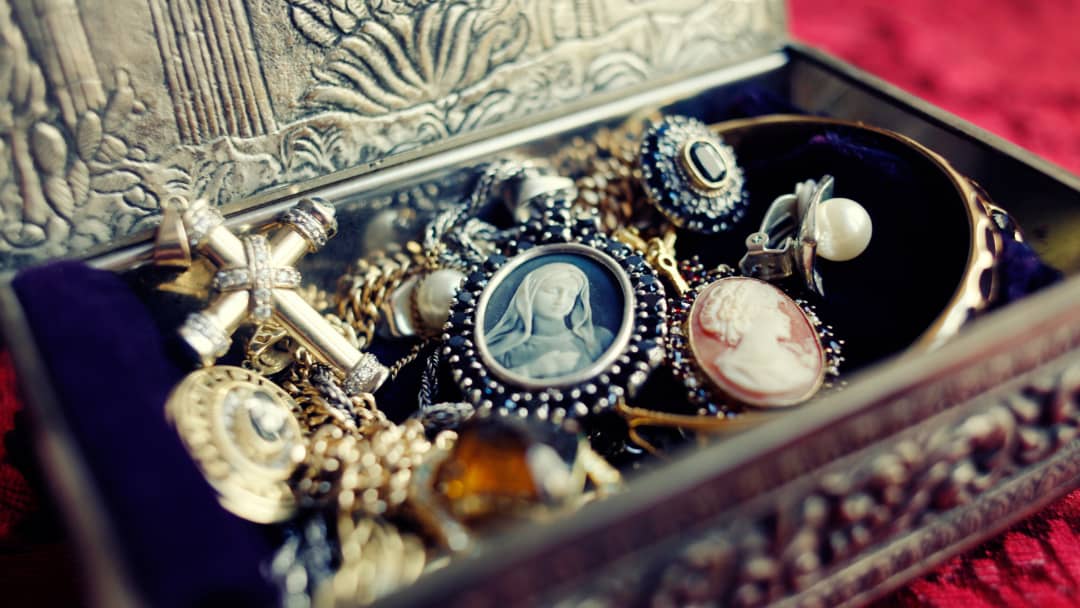Jewelry holds a special place in our lives, often serving as a bridge to cherished memories and significant milestones. Over time, however, even the most exquisite pieces may lose their luster, become damaged, or simply show signs of wear. This is where the art of jewelry restoration breathes new life into treasured heirlooms and contemporary designs alike. In this article, we delve into the fascinating world of jewelry restoration, exploring its techniques, benefits, and the role it plays in preserving your most valued possessions.
Why Jewelry Restoration Matters
Restoration goes beyond fixing broken clasps or polishing tarnished metal. It’s about preserving the integrity, beauty, and sentimental value of a piece. Each restoration project is unique, requiring a jeweler to understand the history and craftsmanship behind the jewelry.
Sentimental Significance
Jewelry is often more than an accessory; it represents stories, traditions, and personal milestones. Restoring a grandmother’s engagement ring or a vintage bracelet handed down through generations allows these memories to live on, maintaining their emotional resonance.
Financial Value
For pieces made with precious metals and gemstones, restoration can enhance their market value. A professionally restored diamond necklace or gold bracelet may regain its brilliance and fetch a higher appraisal, protecting your investment.
Functional Longevity
Regular wear can weaken settings, scratch surfaces, or dull gemstones. Restoration ensures your jewelry remains durable and wearable, extending its lifespan without compromising its beauty.
Common Jewelry Restoration Techniques
The process of restoring a piece of jewelry depends on its material, design, and condition. Skilled jewelers use a combination of traditional methods and modern technology to achieve remarkable results. Here are some commonly employed techniques:
1. Polishing and Refinishing
Over time, metal surfaces can lose their shine due to scratches, tarnish, or oxidation. Polishing and refinishing restore the jewelry’s original luster. Jewelers use specialized tools and compounds to achieve a smooth, mirror-like finish.
2. Stone Resetting
Loose or missing stones are a common issue in older pieces. Jewelers carefully reset gemstones, ensuring they are securely held in place while maintaining the original design. For missing stones, a matching replacement is sourced to preserve the piece’s integrity.
3. Metal Repair
Cracks, breaks, or worn-down areas in metal components can weaken the structure of a piece. Jewelers use soldering and other metalworking techniques to repair or replace damaged sections, restoring strength and stability.
4. Enamel Restoration
For pieces featuring enamel work, jewelers carefully repair chips or faded sections, ensuring the restored area matches the original design seamlessly. This technique is especially important for vintage or antique jewelry.
5. Replating
Gold-plated or rhodium-plated jewelry can lose its coating over time. Replating restores the outer layer, protecting the underlying metal and rejuvenating the piece’s appearance.
The Role of Expertise in Restoration
Jewelry restoration requires a combination of technical skill, artistic vision, and historical knowledge. A skilled jeweler must:
- Understand Materials: Recognize the unique properties of metals and gemstones to ensure proper handling.
- Respect Original Design: Maintain the piece’s original aesthetic and craftsmanship.
- Employ Precision: Use fine tools and techniques to achieve flawless results.
At J. F. Kruse Jewelers, restoration projects are treated with the utmost care and respect. Their experienced artisans bring together traditional craftsmanship and modern innovation to restore pieces to their former glory while preserving their original charm.
When to Consider Jewelry Restoration
Deciding when to restore a piece of jewelry depends on its condition and purpose. Here are some situations where restoration may be beneficial:
- Sentimental Heirlooms: If a piece has deep personal significance but shows signs of wear or damage, restoration can ensure it remains a lasting keepsake.
- Antique Finds: Vintage jewelry often requires careful restoration to be wearable or aesthetically pleasing while maintaining its historical value.
- Special Occasions: Restoring a family piece for a wedding, anniversary, or milestone celebration adds a meaningful touch to the event.
- Maintenance Needs: Regular inspections and maintenance can address minor issues before they escalate, keeping your jewelry in pristine condition.
Ethical Considerations in Restoration
In the modern jewelry industry, ethical practices are a growing priority. Restoring jewelry often involves sourcing materials like gemstones or metals for replacements. Reputable jewelers prioritize ethically sourced and conflict-free materials to ensure the process aligns with sustainable and responsible practices.
Restoration also contributes to sustainability by extending the life of existing pieces. Instead of discarding damaged jewelry, restoration breathes new life into it, reducing waste and the demand for newly mined resources.
The Journey of a Restoration Project
Every jewelry restoration project begins with a thorough evaluation. The jeweler examines the piece’s condition, materials, and design to determine the best approach. Customers are provided with a detailed assessment and cost estimate before work begins.
Throughout the process, the jeweler may involve the customer in key decisions, such as selecting replacement stones or choosing a specific finish. This collaborative approach ensures the final result meets the customer’s expectations while respecting the piece’s history.
Caring for Restored Jewelry
Once a piece has been restored, proper care is essential to maintain its beauty and longevity. Here are some tips:
- Regular Cleaning: Use gentle cleaning solutions and soft brushes to keep your jewelry sparkling.
- Secure Storage: Store pieces separately in padded compartments to prevent scratches or damage.
- Periodic Check-Ups: Schedule regular inspections with your jeweler to identify and address any emerging issues.
Conclusion
Jewelry restoration is more than a technical process; it is an art form that bridges the past and present. By restoring your treasured pieces, you not only preserve their beauty and value but also honor the stories they carry. Whether it’s a family heirloom or a beloved accessory, restoration allows jewelry to continue shining for generations.
For expert restoration services, J. F. Kruse Jewelers offers a blend of tradition and innovation, ensuring every piece is treated with the care it deserves. Their artisans bring skill and passion to every project, helping you preserve the memories and magic held within your most treasured jewelry.
